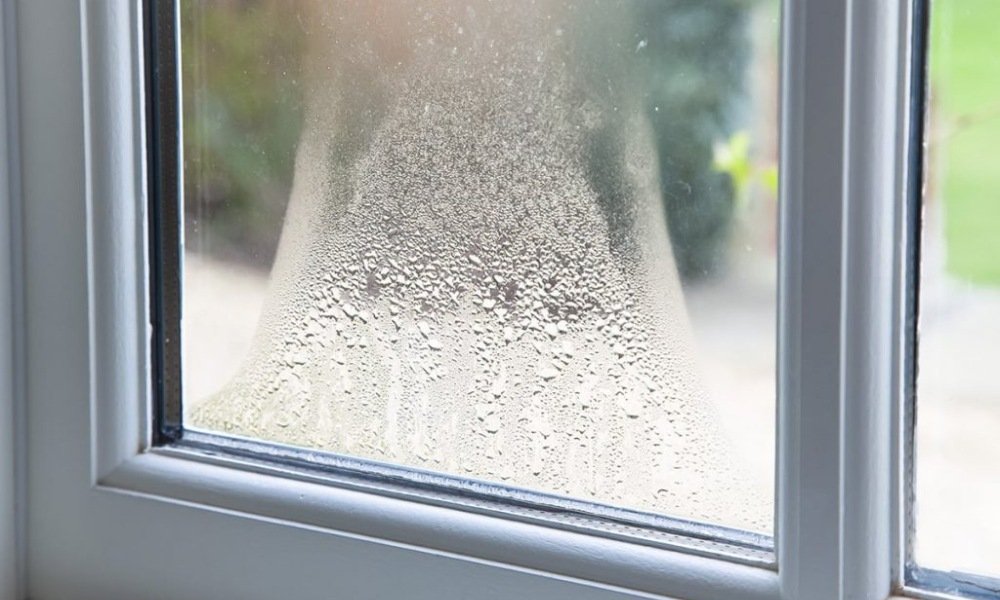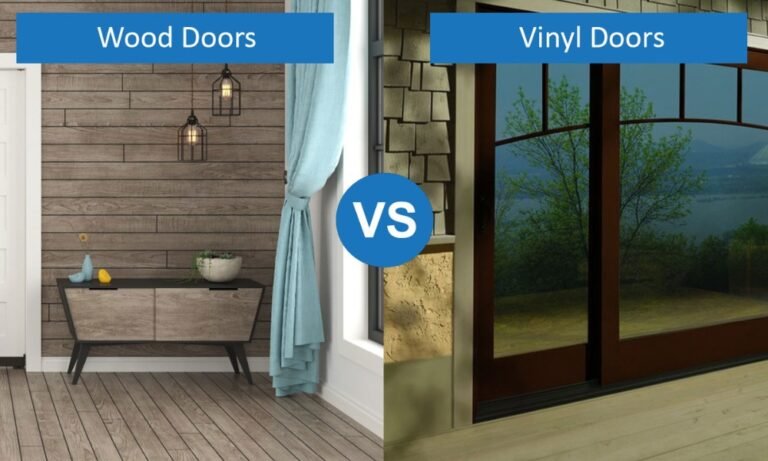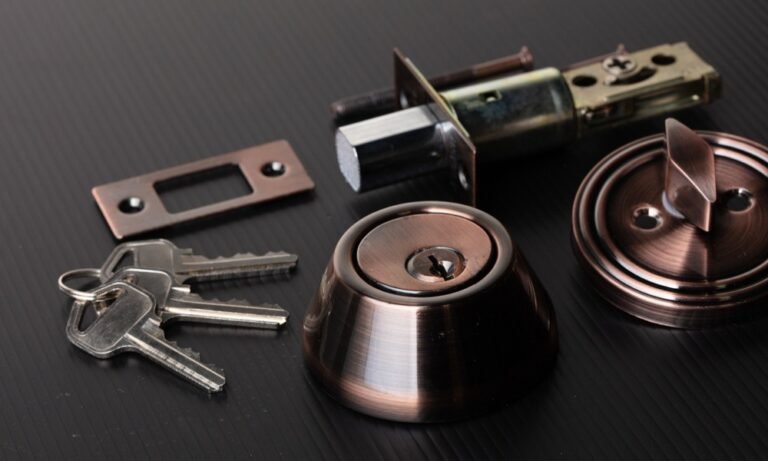Estimated reading time: 6 minutes
Windows and doors are the unsung heroes of any home. They shield you from the elements, keep your space comfortable, and lend a certain charm to your living environment. But even the sturdiest fixtures don’t last forever. If they’ve started to look worn or aren’t performing as they should, it may be time to consider an upgrade.
In this guide, I’ll help you spot the red flags that mean it’s time to replace your old fixtures, along with practical insights to make the decision easier and more cost-effective.
What You’ll Learn
- How to identify visible and functional issues with your home’s openings.
- Why upgrading can improve energy efficiency, comfort, and security.
- Practical tips to ensure your replacements serve you well for years to come.
1. Appearance: When Looks Matter
Do your windows or doors look like they’ve seen better days? Cracked frames, peeling paint, or rotting wood are clear indicators of age and wear. Wooden frames, in particular, are prone to deterioration if not properly maintained, and metal frames can rust over time.
But aesthetics matter too. If those old frames clash with the updated style of your home, replacing them can give your space a fresh, modern look. Whether you’re chasing a sleek, contemporary design or a warm, classic vibe, today’s options cater to every preference.
And while you’re considering an upgrade, you might want to compare wood vs. vinyl options to find the right fit for your home’s needs and aesthetic.
2. They’re Not Operating Smoothly
A window or door that doesn’t open or close properly is more than just frustrating—it’s inconvenient and could even be unsafe. Maybe you’ve noticed sticking frames, stiff locks, or sliding doors that require a bit too much muscle.
Beyond annoyance, poor functionality can limit how you use your space. For example, upgrading to sliding or bi-fold patio doors can make entertaining easier by seamlessly connecting your indoor and outdoor areas.
If your openings are giving you grief, it’s probably time to replace them. Pro tip: Write down what you’d like in terms of functionality and design, and consult a professional to explore your options.
3. Rising Energy Bills and Drafts
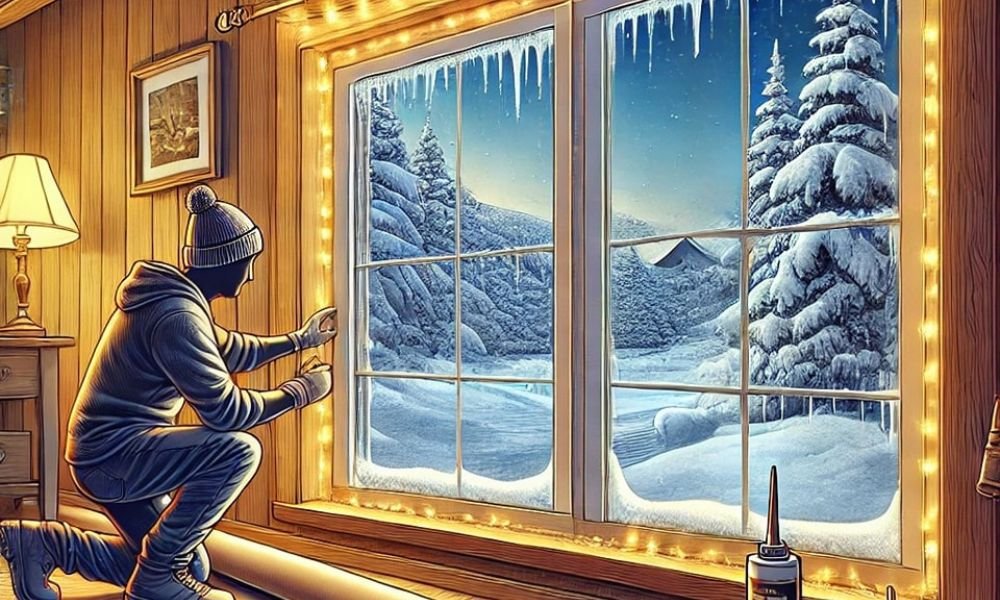
Is your heating or cooling system working overtime? Drafty windows and doors could be the culprit. Poor insulation lets conditioned air escape, forcing your HVAC system to work harder—and costing you more money.
Modern replacements, such as double-glazed or low-E glass options, are far more energy-efficient than older designs. They seal in warmth during winter and keep your home cool in summer, reducing your environmental footprint and monthly utility bills.
Want to know if replacements are worth the cost? Take a look at this cost vs. value breakdown to help you decide.
4. Outside Noise is Taking Over
If you feel like your living room is doubling as a stage for the traffic outside, it might be time for a change. Excessive noise from outside can make your home less comfortable and relaxing.
Upgrading to sound-reducing designs, such as those with double or triple glazing, can help block out noise and restore your peace of mind. Even if your windows and doors aren’t in bad shape, upgrading for better soundproofing can significantly improve your quality of life.
Before committing to a replacement, consider if simpler fixes—like swapping out the glass—might work. It’s always worth exploring repair options first.
5. Visible Condensation or Drafts
Condensation trapped between glass panes, particularly in double-glazed units, is a red flag. It often indicates a broken seal, which compromises the insulating properties of the unit. Similarly, feeling drafts near closed windows or doors is a sign that they’re no longer doing their job.
While a repair might seem like a quick fix, it’s often a temporary solution. If condensation and drafts are persistent, it’s smarter to replace the entire unit to restore proper insulation.
6. They No Longer Meet Your Needs
Sometimes, it’s less about damage and more about lifestyle. As your needs change, your home should adapt too. For example:
- Are your kids constantly slamming doors? Consider upgrading to more durable models.
- Want to improve home security? Check out these tips for security-focused upgrades.
- Need more natural light? Switching to larger or more strategically placed windows can brighten your space.
Your fixtures should make your life easier, not harder. If they’re falling short, it’s time to rethink what you need.
Why Replacement is Better Than Repair
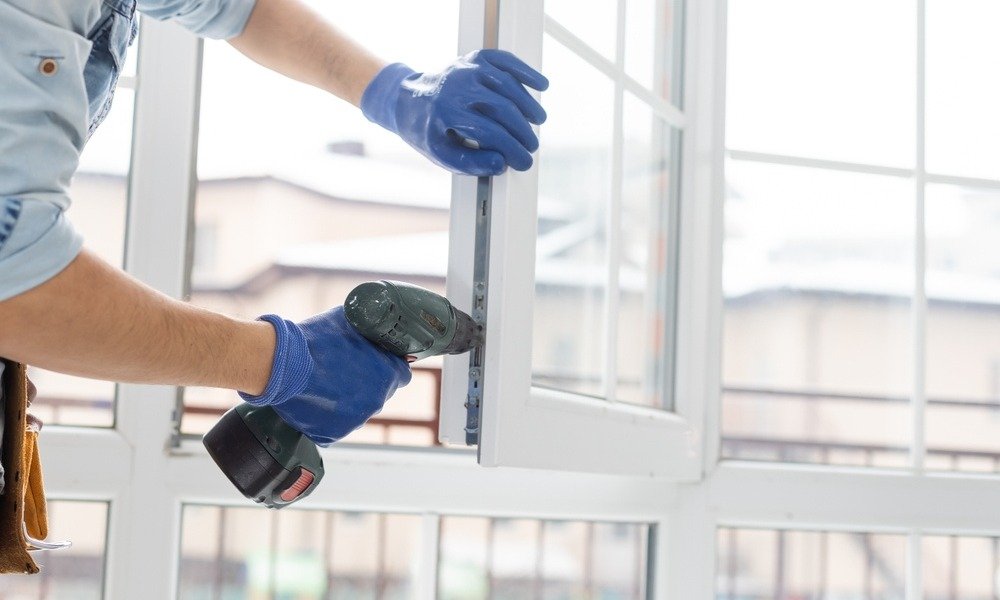
I get it—replacing your windows and doors isn’t exactly cheap. But while repairs might seem like a more budget-friendly option upfront, they can add up over time.
Here’s why replacement often makes more sense:
- Longevity: New materials last longer and require less maintenance.
- Energy Efficiency: Modern designs are built to save energy, helping you recoup costs over time.
- Increased Comfort: Whether it’s noise reduction or smoother operation, replacements improve your daily experience.
How to Choose the Right Replacements
Feeling overwhelmed by all the options? Don’t worry—you’re not alone. Here’s how to narrow down your choices:
- Material Matters: Compare options like wood, vinyl, and aluminum for durability, maintenance, and aesthetics.
- Energy Efficiency: Look for designs with Energy Star ratings or specialized coatings to keep your home comfortable year-round.
- Style and Functionality: Match your new installations to your home’s design and how you use the space. Need help deciding between sliding or French doors? This guide can help.
Taking the time to plan ensures your replacements meet your needs and style preferences for years to come.
FAQs
Q: Can I repair my old fixtures instead of replacing them?
A: In some cases, yes. Minor issues like a broken latch or worn-out seal can often be fixed. However, major issues like rotting frames or persistent drafts usually call for a full replacement.
Q: How long should my new windows or doors last?
A: Most high-quality installations last 20–30 years, depending on the material and maintenance.
Q: What’s the best time to replace them?
A: Spring and fall are ideal since the weather is typically mild, making installation easier and more efficient.
Final Thoughts
Windows and doors are more than just functional components of your home. They’re an investment in comfort, security, and energy efficiency. If you’re dealing with any of the issues discussed here—whether it’s drafts, noise, or outdated designs—it’s worth considering a replacement.
Ready to take the next step? Learn about the installation process so you know what to expect. And if you’re looking for trustworthy professionals, this guide on finding reliable contractors can help you get started.
Replacing your windows and doors isn’t just about fixing problems—it’s about creating a home that works better for you. So if it’s time, take the leap. Your home deserves it.
